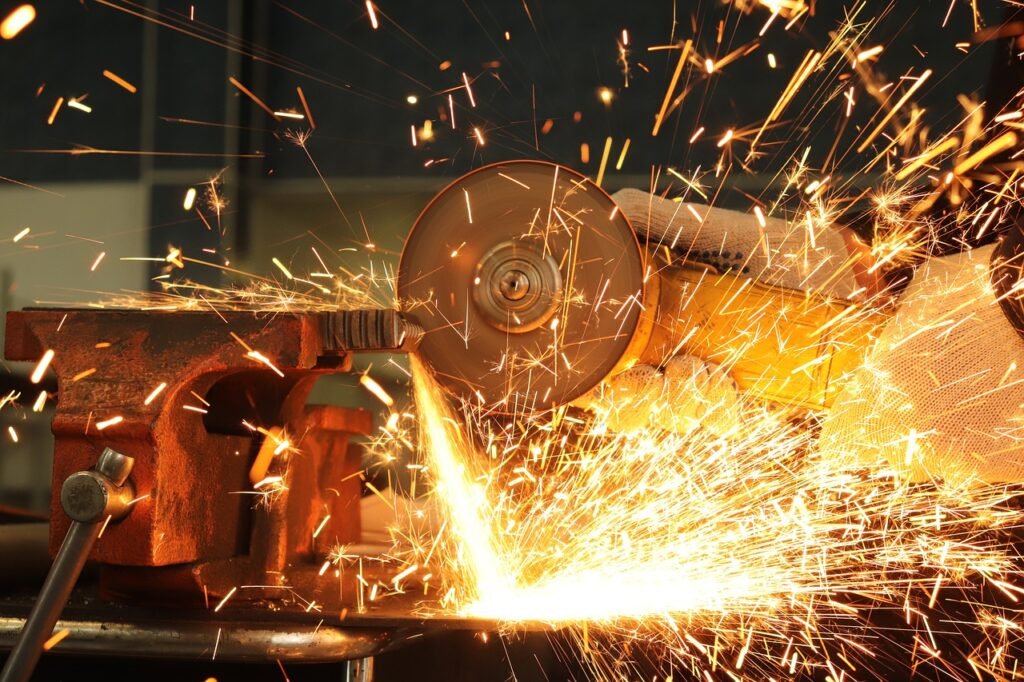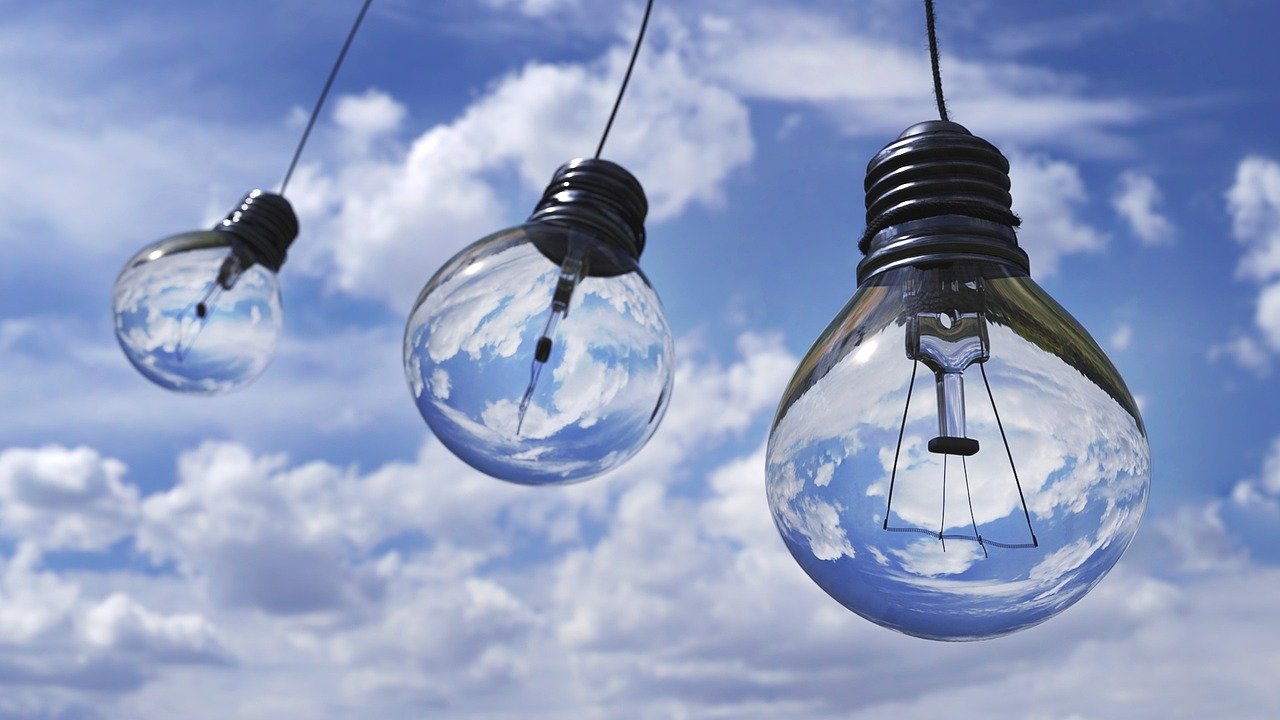Welcome to our article on ensuring electric safety for island lighting! In this informative piece, we will discuss the importance of electrical safety for island lighting systems. From proper installation to regular maintenance checks, we will provide you with valuable tips to keep your island lighting working smoothly and safely. With the right precautions in place, you can enjoy a well-lit and secure environment for your island. Let’s dive in and learn how to protect your island lighting from potential hazards. Have you ever wondered about the best ways to ensure electric safety for island lighting in your home or business? In this article, we will explore various tips and techniques to keep island lighting systems safe and reliable. From proper installation to regular maintenance, we’ve got you covered. Let’s dive in and learn how to keep your island lighting safe and efficient.
Importance of Electric Safety for Island Lighting
Ensuring electric safety for island lighting is crucial for the well-being of your property and those who occupy it. Proper electric safety measures can prevent dangerous accidents, fires, and electrical failures. By following the guidelines for electric safety, you can enjoy your island lighting without worries about potential hazards.
Stay Safe, Stay Secure
When it comes to island lighting, safety should always be a top priority. By implementing the right electric safety measures, you can create a secure environment for both residents and visitors. Remember, a little precaution can go a long way in preventing accidents.
Proper Installation of Island Lighting
Proper installation of island lighting is the first step towards ensuring electric safety. Whether you are setting up new lighting or replacing existing fixtures, it is essential to follow the manufacturer’s instructions and seek professional help if needed. Here are some key points to consider:
Hire a Qualified Electrician
To ensure the safe installation of your island lighting, it is advisable to hire a qualified electrician. Electricians have the necessary skills and knowledge to handle the wiring and connections needed for proper lighting installation. By relying on their expertise, you can avoid potential risks associated with DIY installations.
Use Quality Materials
When installing island lighting, make sure to use high-quality materials that are designed for electrical applications. This includes wires, connectors, switches, and fixtures. By choosing reliable components, you can minimize the risk of malfunctions and electrical hazards in the long run.
Follow Building Codes
Always adhere to building codes and regulations when installing island lighting. These codes are in place to ensure the safety and efficiency of electrical systems within residential and commercial properties. By complying with these standards, you can rest assured that your lighting setup meets the necessary safety requirements.

This image is property of pixabay.com.
Regular Maintenance and Inspections
After installing island lighting, it is essential to perform regular maintenance and inspections to ensure its optimal performance and safety. By staying proactive and attentive to the condition of your lighting system, you can prevent potential issues before they escalate. Here are some tips for maintaining your island lighting:
Check for Loose Connections
Periodically inspect your island lighting for loose connections or damaged wires. Loose connections can lead to electrical arcing, which poses a fire hazard. By tightening connections and securing wires, you can maintain the integrity of your lighting system.
Clean Fixtures and Lenses
Dust, dirt, and debris can accumulate on the fixtures and lenses of your island lighting over time. Regularly clean these components to ensure maximum light output and visibility. This simple maintenance task can enhance the efficiency and longevity of your lighting fixtures.
Test Switches and Controls
Test the switches and controls of your island lighting regularly to ensure they are working correctly. Faulty switches can cause flickering lights or sudden power surges, which may indicate underlying electrical issues. By identifying and addressing these problems promptly, you can avoid potential safety hazards.
Overload Protection and Circuit Breakers
Overload protection is essential for maintaining the safety of your island lighting system. Circuit breakers play a crucial role in detecting and preventing electrical overloads that may lead to overheating and fires. Here’s how you can ensure proper overload protection for your lighting setup:
Install Ground Fault Circuit Interrupters (GFCIs)
Ground Fault Circuit Interrupters (GFCIs) are designed to protect against electrical shocks and ground faults. By installing GFCIs in areas where water is present, such as kitchens or bathrooms, you can minimize the risk of electrically powered appliances coming into contact with water. This is especially important for island lighting near sinks or other wet areas.
Use Surge Protectors
Surge protectors are another effective way to safeguard your island lighting against power surges and voltage spikes. These devices can absorb excess electricity and divert it away from your lighting fixtures, preventing damage caused by fluctuations in electrical flow. By incorporating surge protectors into your setup, you can protect your lighting system from unexpected power surges.
Invest in Arc Fault Circuit Interrupters (AFCIs)
Arc Fault Circuit Interrupters (AFCIs) are advanced safety devices that detect and respond to dangerous arcing faults in electrical circuits. By incorporating AFCIs into your island lighting system, you can reduce the risk of electrical fires caused by arcing conditions. These innovative devices provide an added layer of protection against potential hazards.

This image is property of pixabay.com.
Emergency Preparedness for Island Lighting
In addition to preventive measures, it is essential to have an emergency plan in place for unforeseen circumstances. By being prepared for emergencies, you can respond quickly and efficiently to any electrical issues that may arise. Here are some key steps to take:
Keep Emergency Contacts Handy
Make sure to keep a list of emergency contacts, including electricians, utility providers, and local authorities, readily available. In the event of an electrical emergency, having these contacts on hand can help you act swiftly and seek assistance when needed.
Create an Evacuation Plan
Develop an evacuation plan for your property in case of electrical emergencies, such as fires or power failures. Ensure that all residents and visitors are aware of the evacuation procedures and designated meeting points. By practicing these drills regularly, you can minimize confusion and ensure everyone’s safety.
Invest in Backup Lighting
Consider installing backup lighting sources, such as emergency lights or battery-powered lanterns, in strategic locations around your property. These backup lights can provide illumination during power outages or emergencies, helping you navigate through dark areas safely. By having alternative lighting options available, you can maintain visibility and security even in challenging situations.
Conclusion
Electric safety for island lighting is a critical aspect of maintaining a secure and functional lighting system. By following proper installation guidelines, conducting regular maintenance, and implementing safety measures such as overload protection and emergency preparedness, you can ensure the safety and reliability of your island lighting. Remember, a proactive approach to electric safety is key to preventing accidents and promoting peace of mind. Stay informed, stay safe, and enjoy the benefits of well-lit island spaces for years to come.
